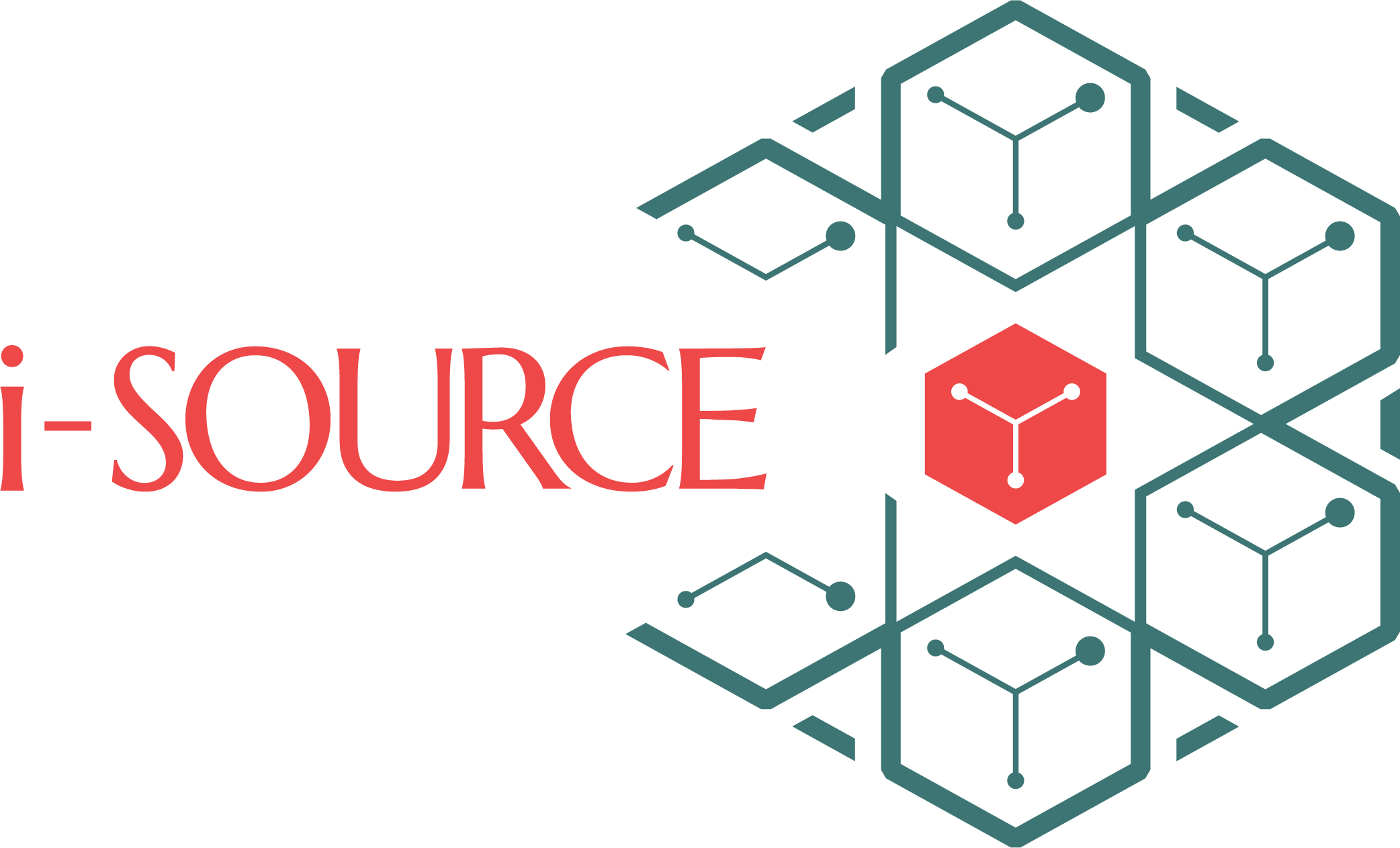Cost control through application maintenance
Gartner has projected that over this year, over 40% of all enterprise IT spending will go towards application development and support. Half of that, so about 1 dollar out of every 5 of total spending is likely to be dedicated to the maintenance of existing systems. That is a significant piece of the IT spending pie but you only need to look around the typical enterprise IT ecosystem to understand why this is necessary. The enterprise IT ecosystem has become an extremely complex and fragmented space. This has happened over time, as point systems, each of them crucial to the performance of some function, have become established in the fabric. We have powerful systems like CRM, ERP, HRMS, and the like spread across this landscape. All these systems are complex as well as crucial to enterprise performance. But ensuring that these systems always deliver the functionality, performance, availability, and scalability the enterprise needs becomes a big challenge for CIOs. Each calls for specific skills, tools, and certifications. It’s almost impossible for enterprise IT teams to provision the bandwidth (or the skills) required to keep these expensive and high-stakes engines finely tuned at all times. That’s what is driving the market for application support and maintenance services. Specialised vendors have the people with the skills to handle these complex technologies. Over time, they have also built up the processes and methods best suited to the job at hand. They also know how to use the tools available to monitor and proactively address application performance. They are capable of doing all the heavy lifting required to ensure business users get the application performance they need. No wonder Gartner projects that 40% of application maintenance work will be contracted under multi-year AMS outsourcing agreements, a rise of over 20% from last year.
